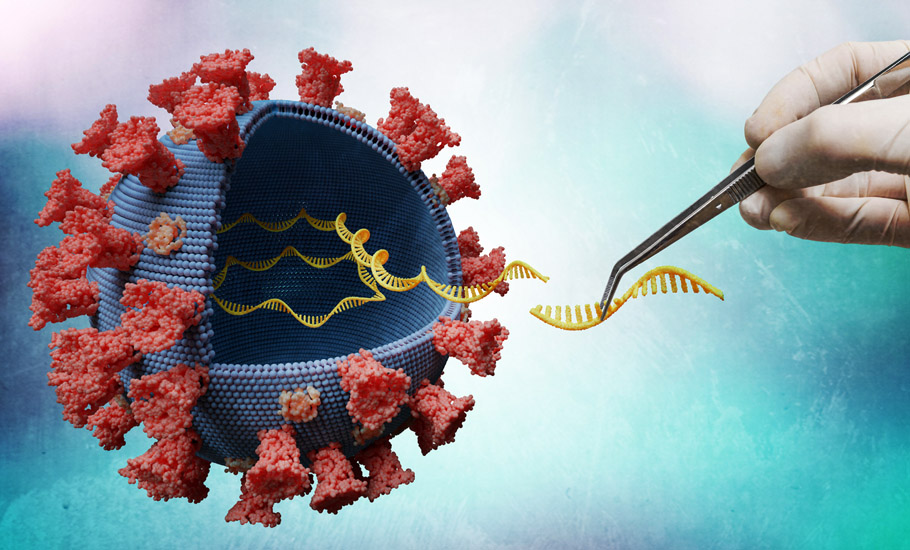
Home-grown triple mutation responsible for COVID surge in India, say scientists
The beginning of the second wave of COVID-19, which has been very aggressive, has initiated several studies which suggest a mutation being responsible for the virus being so active when compared to the first wave. Named B.1.617, this triple mutation is now said to responsible for the virus spreading so fast in India.

Several new studies have suggested that a triple mutation of the coronavirus named B.1.617 is responsible for the severity of the second wave of COVID-19 in India.
By nature, viruses change all the time and the one that causes COVID-19 has already undergone several thousand mutations – some more concerning than others. Besides India, the B.1.617 variant has been detected in 18 other countries as of this month and has been categorised by the World Health Organization (WHO) as a “variant of interest” and not as a “variant of concern”.
Other variants detected in Brazil, South Africa and the UK have been categorised as “of concern” because they are more transmissible, virulent or might reduce antibody efficacy.
Scientists and virologists, are confident the variant is behind the rapid rise in cases, but they need adequate data before reaching a conclusion.
B.1.617, which can be called an India-made variant of the novel coronavirus, is now found active in the United Kingdom, United States, Singapore, and 12 more countries, which has become a matter of grave concern for the scientific community all over the world. The United Kingdom has banned flights from India and Canada may follow suit.
The B.1.617 variant was identified for the first time in India on October 5 last year and later in November and December too. B.1.617 is said to enhance viral replication. The variant is far more transmissible than the original one as its spike proteins have more binding power to attack and infect human cells.
Also read: Vaccine efficacy: What’s holding India back from ramping up genome sequencing
“It is remarkable how far it has spread since it was first detected,” Jeremy P Kamil, associate professor of microbiology and immunology at Louisiana State University in the United States, told The Scroll.
India’s health ministry flagged the variant in late March, saying it appeared in 15-20% of samples analysed from Maharashtra, the worst-hit state in the country. At the beginning, scientists believed it consisted of two mutations – E484Q and L452R – and therefore, was called a “double mutant” variant. Scientists have now found out that the variant has more mutations: E154K, P681R and Q1071H. Hence, called the ‘triple mutant’ variant.
B.1.617 has several mutations, including two notable ones (E484Q and L452R), leading to it sometimes being called the “double mutant”.
“Each virus may have several mutations and in India there are two mutations — B.1.617 and B.1.618 — which are known. Out of this, B.1.617 has been classified by the WHO as that of interest,” said scientist T V Venkateshwaran, an epidemiology expert from Delhi.
The B.1.617 is spreading fast compared to all other variants. “In West Bengal, experts have found triple mutation and again one variant of this is spreading fast and it is only due to this the number of cases in West Bengal is increasing,” said Venkateshwaran.
GISAID, a global open-access to genomic data of coronavirus, suggests the B.1.617 variant accounted for 63.6% of coronavirus strains from India in the last four weeks.
India and many other countries provide genome sequencing data to GISAID. India, however, has been slow in providing genome sequencing data. The UK has provided 3.75 lakh genomes, followed by the US with 3.02 lakh genomes, Germany 63,000 genomes and Denmark with over 50,000 genomes. But India, the second hardest-hit nation, has shared only 8,392 genome sequences so far.


